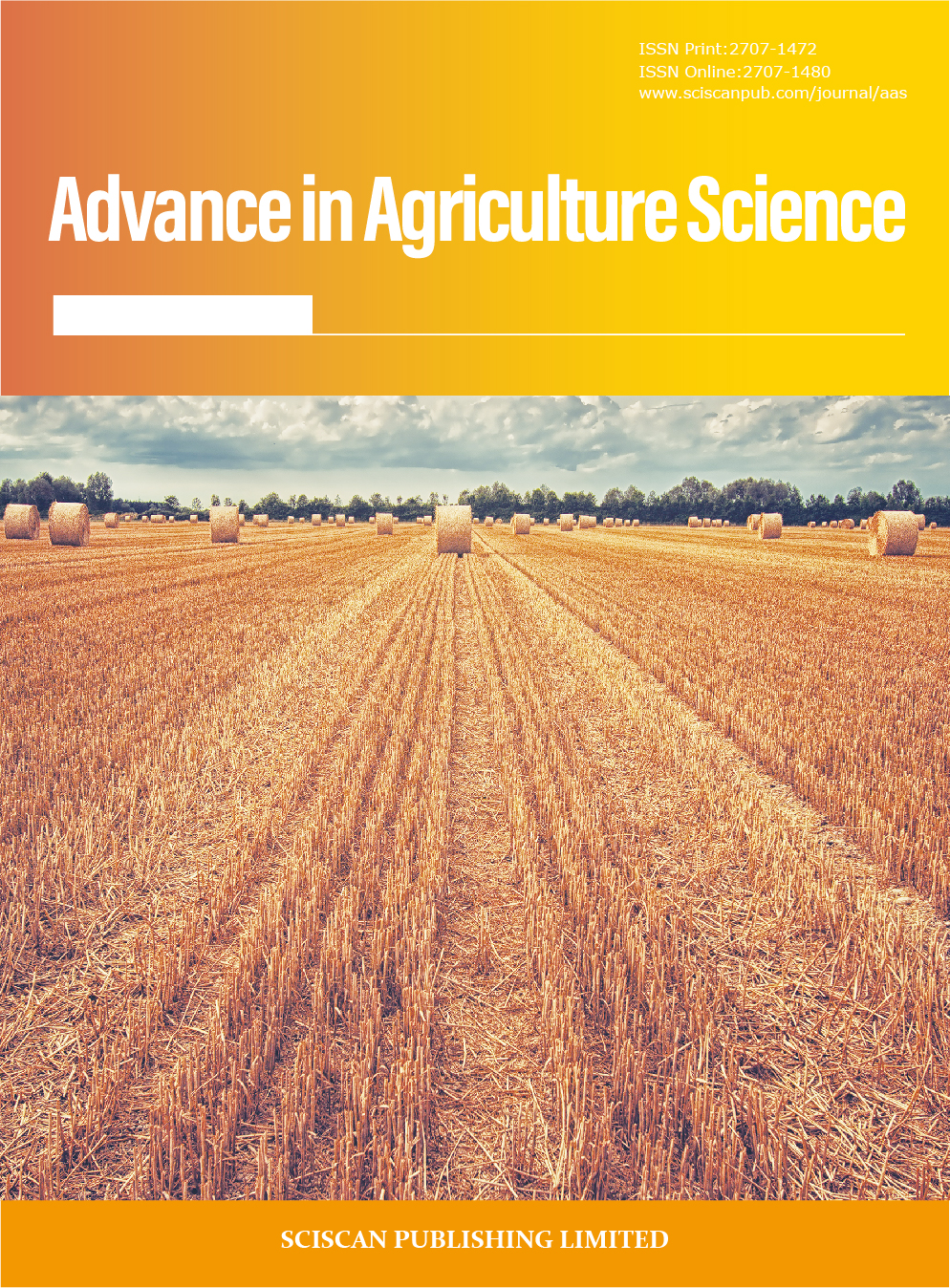Advance in Agriculture Science
ISSN Print:2707-1472
ISSN Online:2707-1480
Contact Editorial Office
Subscribe to the latest published information from SCISCAN
基于 PSR-TOPSIS 模型的重庆市耕地利用系统健康演进及驱动机制研究
Research on Healthy Evolution and Driving Mechanism of Cultivated Land Utilization System in Chongqing Based on PSR-TOPSIS Model
- Authors: 油畅 李强* 李文睿 徐斌
-
Information:
首都经济贸易大学城市经济与公共管理学院,北京
-
Keywords:
Cultivated land use system; Health evaluation; Driving factors; TOPSIS model耕地利用系统; 健康评价; 驱动因素; TOPSIS 模型
- Abstract: The using system healthily of cultivated land is the cornerstone of food security and ecosystem health, and the analysis of health evolution and driving factors determines the direction of governance and regulation of the system of cultivating land use. Based on the characteristics of the system of cultivating land use, the thesis selects evaluation indicators from the perspectives of pressure, state and response, uses the TOPSIS model to build an indicator of evaluating system, analyzes the healthy evolution of Chongqing’s system of cultivated land use from 2000 to 2017, and uses principal component analysis to reveal the land utilizing system healthily of driving mechanism, using GM (1,1) model to predict the trend of cultivated land healthy. The results show that: (1) From 2000 to 2017, the total score of Chongqing’s cultivated land use system fluctuated between 0.38 and 0.56, and the fluctuation range was between “unhealthy” and “critical health”. The health level of cultivated land in urban areas shows a gradual downward trend; (2) On the evolutionary trend, after 2017, the health score of system of cultivated land use in Chongqing is above 0.35 and has a steady upward trend; (3) The system healthily of cultivated land use is positive. The driving factors include total agricultural output value, effective irrigation rate, cultivated land reclamation rate, the retentivity of cultivated land, unit arable land agricultural mechanization level, and newly-added water-saving irrigation area; negative driving factors include unit farmland pesticide load and desertified cultivated land area. 耕地利用系统健康是粮食安全与生态系统健康的基石,健康演进与驱动要素分析决定着耕地利用系统治理调控方向。论文结合耕地利用系统特征,从压力、状态、响应三个角度出发选取评价指标,运用 TOPSIS 模型构建评价指标体系,分析 2000 年到 2017 年重庆市耕地利用系统健康演进状况,运用成分分析法揭示耕地利用系统健康的驱动机制,运用 GM(1,1)模型对耕地健康趋势进行预测。结果表明:(1)2000—2017 年,重庆市耕地利用系统健康总评分在 0.194—0.539 之间波动,波动范围处在“很不健康”与“临界健康”级别之间,伴随年份增加,重庆市大部分区县的耕地健康级别呈逐级下降趋势;(2)在演进趋势上,2017 年之后重庆市耕地利用系统健康评分位于 0.351 以上,且具有平稳上升趋势;(3)耕地利用系统健康的正向驱动因子包括农业总产值、有效灌溉率、耕地垦殖率、耕地保有力度、单位耕地农业机械化水平、新增节水灌溉面积;负向驱动因子包括单位耕地农药负荷、沙化耕地面积等。
- DOI: https://doi.org/10.35534/aas.0204018
- Cite: 油畅,李强,李文睿,等.基于 PSR-TOPSIS 模型的重庆市耕地利用系统健康演进及驱动机制 研究[J].农业科学进展,2020,2(4):149-165.
















